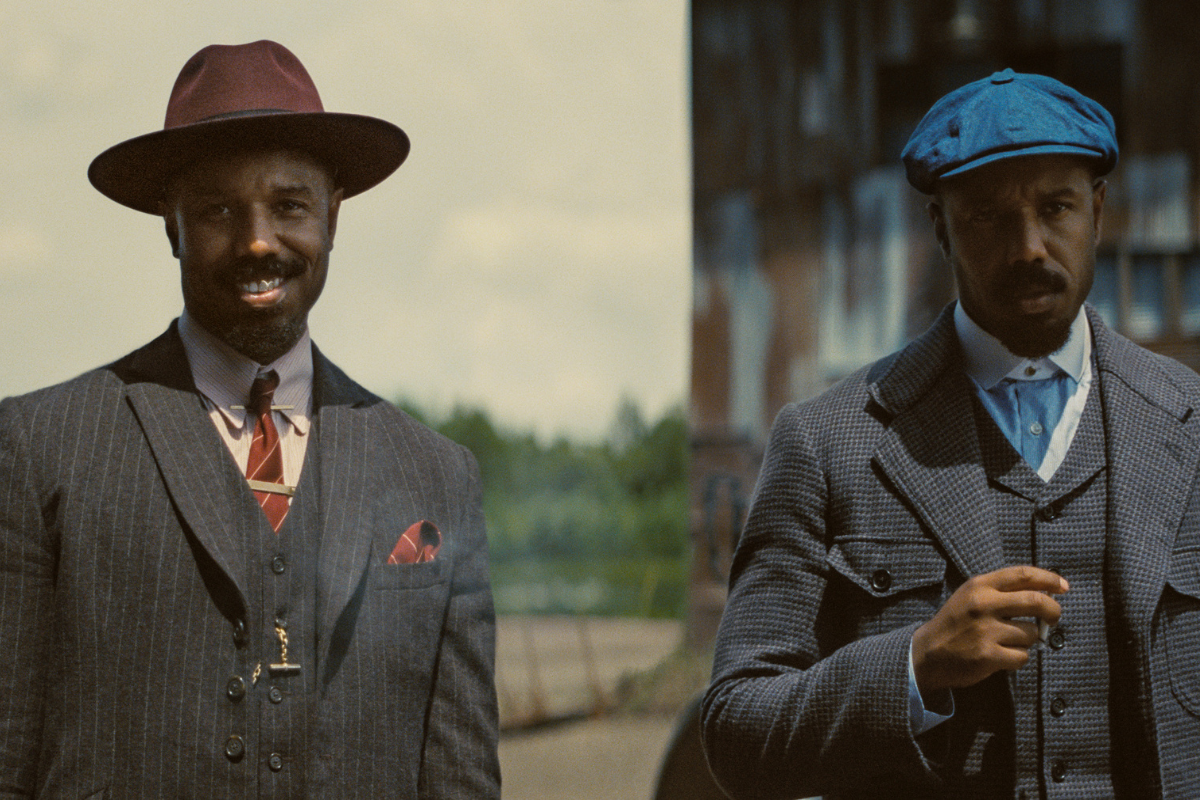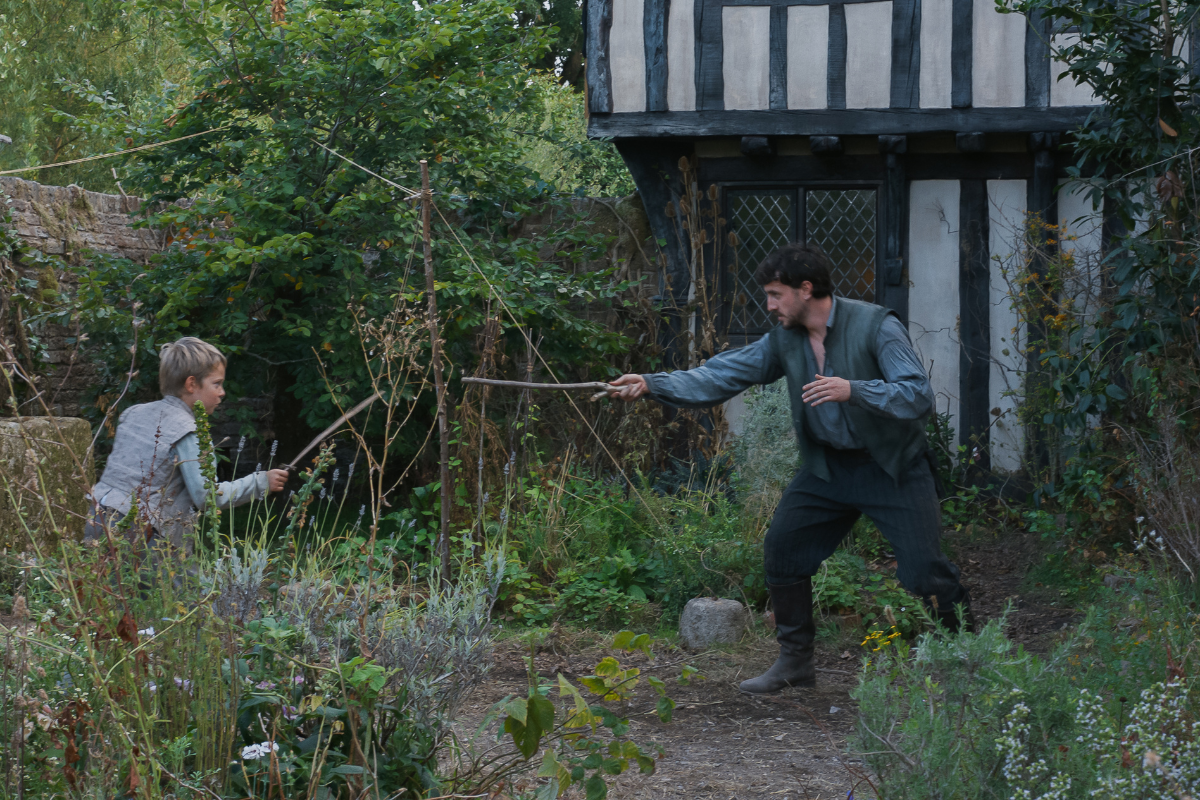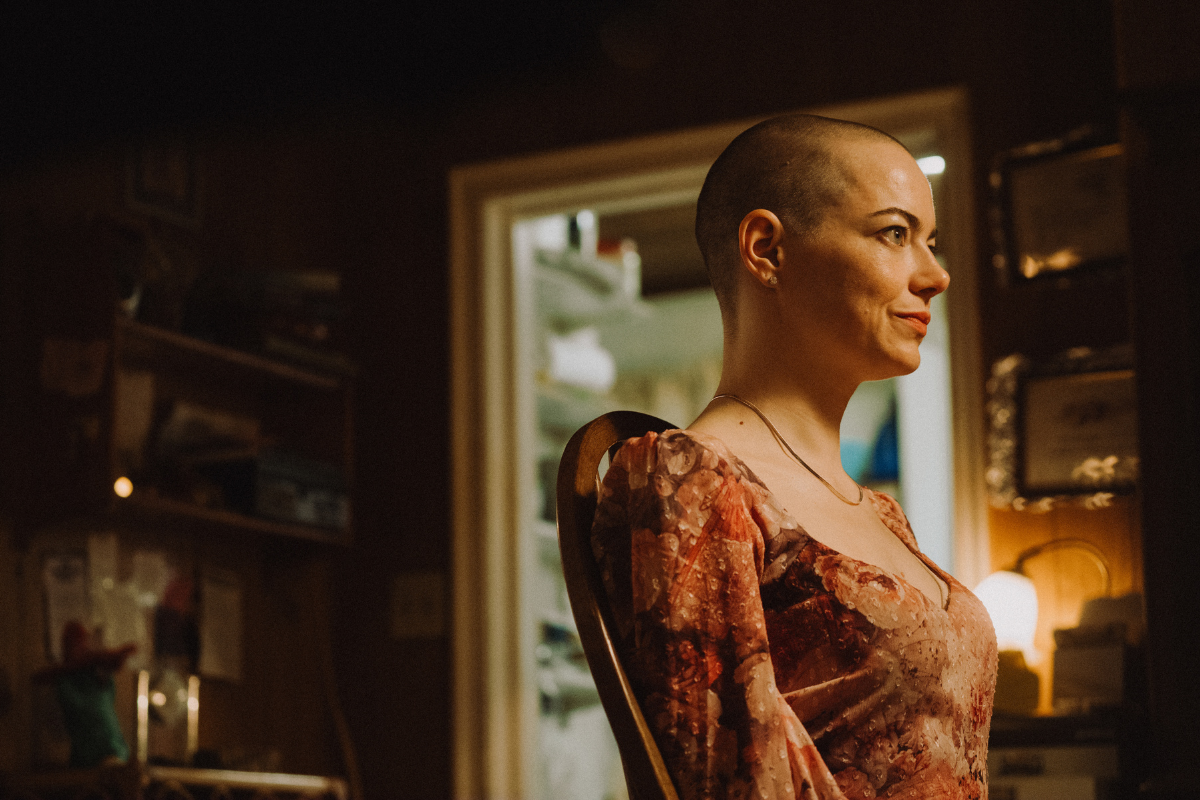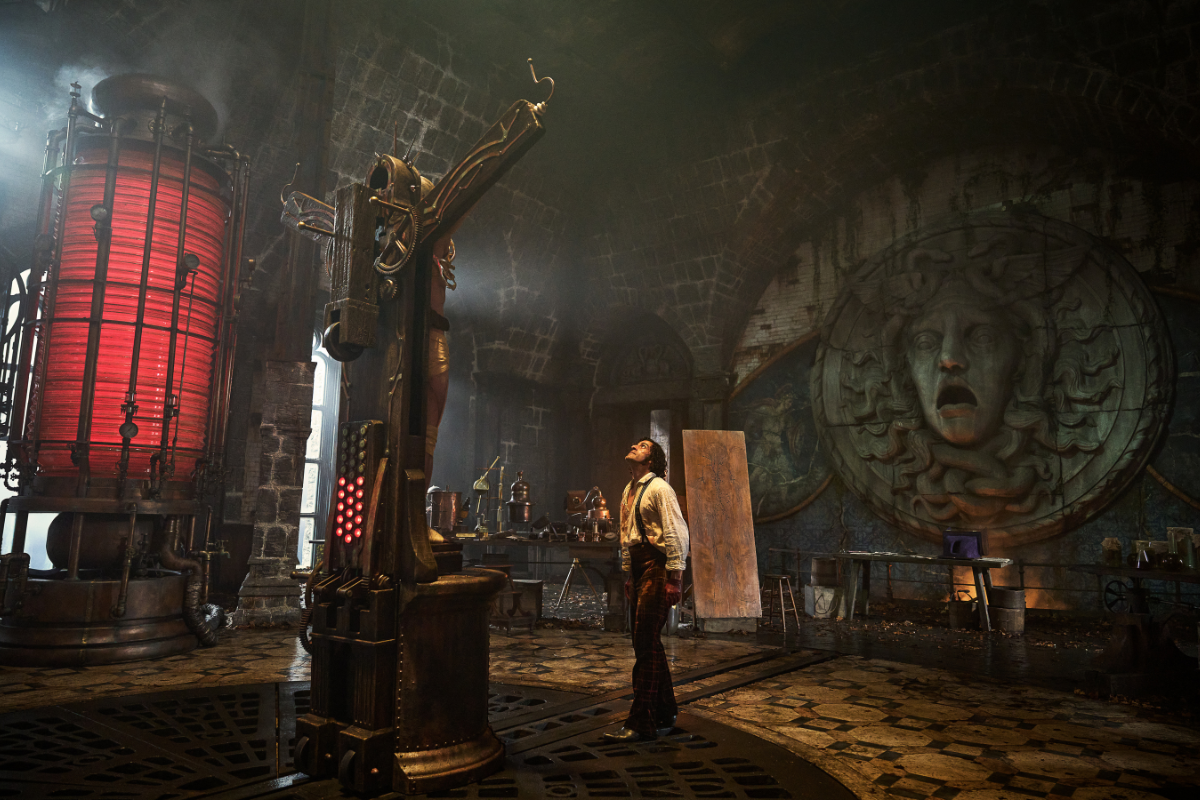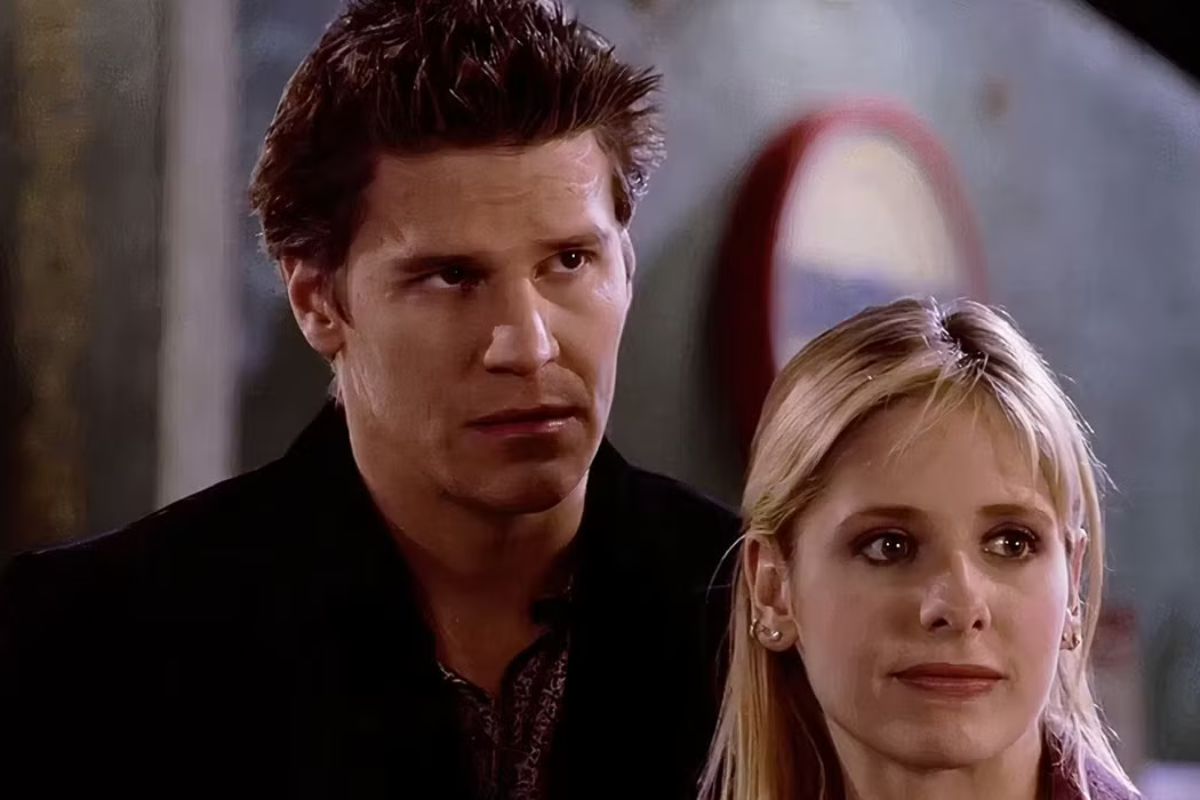Specs & The City: Death Scenes and ‘Blade Runner’
Click to tweet this article to your friends and followers! The act of screenwriting is, at its most basic level, the act of giving life to the words and ideas…
The act of screenwriting is, at its most basic level, the act of giving life to the words and ideas inside the writer’s mind. By making the conscious choice to tell your story, you’re bringing something new into the world. To me, it’s a big part of why so many screenwriters are obsessed with their scripts – no one wants to send their baby out into the world only to have the world point and laugh.
But the way in which we deal with death in our scripts is just as important as how we deal with bringing it to life. Too often, writers will spend days, weeks, even months figuring out every aspect of their character’s lives, only to kill them later in their screenplay without putting and real thought behind why they’re doing it, or the implications of making that choice.
It’s important to remember that one of the most important things you can do to get your script made into an actual movie is to get an actor attached to a role. And you do that by creating a character – or character moments (*cough* death scene *cough*) that jump out and make an actor say they HAVE to play that role.
So what goes into a great death scene? I boil it down to three main aspects:
- Is the death vital to a character’s ARC (either the character dying, or another character left behind)?
- Is the death important to the PLOT?
- Is the death integrated with the THEME(s) of the film?
A-P-T.
It’s that simple. Is the character’s death APT?
To illustrate the APT dynamic in practice, let’s take a look at one of the most memorable death scenes in modern cinema.
Death Scenes and Blade Runner
“I've seen things you people wouldn't believe. Attack ships on fire off the shoulder of Orion. I watched c-beams glitter in the dark near the Tannhäuser Gate. All those moments will be lost in time, like tears in rain. Time to die.”
This is the death soliloquy of Roy Batty (Rutger Hauer), the leader of a gang of rebel replicants being hunted down over the course of the film by Rick Deckard (Harrison Ford).
Not only is the scene anchored by a masterful piece of dialogue (partially improvised by Hauer without director Ridley Scott’s prior knowledge), but Roy’s demise is the very definition of an apt death.
ARC – Roy is an anarchist replicant, hell bent on defying the system that created him, and willing his life to continue despite the ticking clock of his own programming which will shut him down. Deckard is a disaffected cop who sees no beauty left in the futuristic neo-noir world that surrounds him. After saving Deckard’s life, Roy delivers the “tears in rain” soliloquy, and quietly dies. Through this act, both men have reached the end of their arcs. Roy has finally come to terms with the fact that he will die – that nothing he does will change that – and, in his final moments, simply wants someone to share what he’s seen with. As for Deckard, he’s broken, battered, and defeated, before finally being saved by the man who could just as easily have destroyed him. It’s a redemption of his soul; a second chance.
PLOT – The impact of this death on the plot of Blade Runner is pretty straight forward. Throughout the film, Roy is the antagonist to Deckard’s protagonist. Their final confrontation, with the death of (at least) one of one of them being the only possible outcome, is the climax of the film. It’s what we’ve been building to for the entire story.
THEME – The primary underlying theme of Blade Runner was always an exploration of what it truly meant to be human; with Roy, a replicant, believing that he is more “alive” than the man hunting him down. Roy’s exploration of his memories during his final moments, touches on this theme; a uniquely human moment that begs Deckard, and the audience, to rethink the question of whether beings created by man, can have a soul.
When you kill a character in your script, no matter how minor they are, ask yourself if it’s an APT death. Making sure the answer is “yes,” will increase the emotional depth of your story, and drive actors to say those words we long to hear: “I have to play this part!”
Until next time, dream of electric sheep, and keep writing!
- More Specs & The City articles by Brad Johnson
- Specs & The City: Raising the Stakes in Your Script and ‘The Fugitive’
- Battle of the Paradigms: Screenplay Structure – Whose to Choose
- Script Angel: What is at Stake? Making the Small Feel Big
Get tips from Erik Bork, writer/producer of HBO's Band of Brothers in his webinar
What Makes a Great Scene?
Brad Johnson is a screenwriter and producer who has placed in multiple competitions including Final Draft Big Break and the Walt Disney Television Writing Program. He has served as a judge for the Nashville Film Festival and the NYC Midnight Short Screenplay Challenge, and worked as a script consultant through his website, ReadWatchWrite.com. You can follow Brad on Twitter @RWWFilm.


